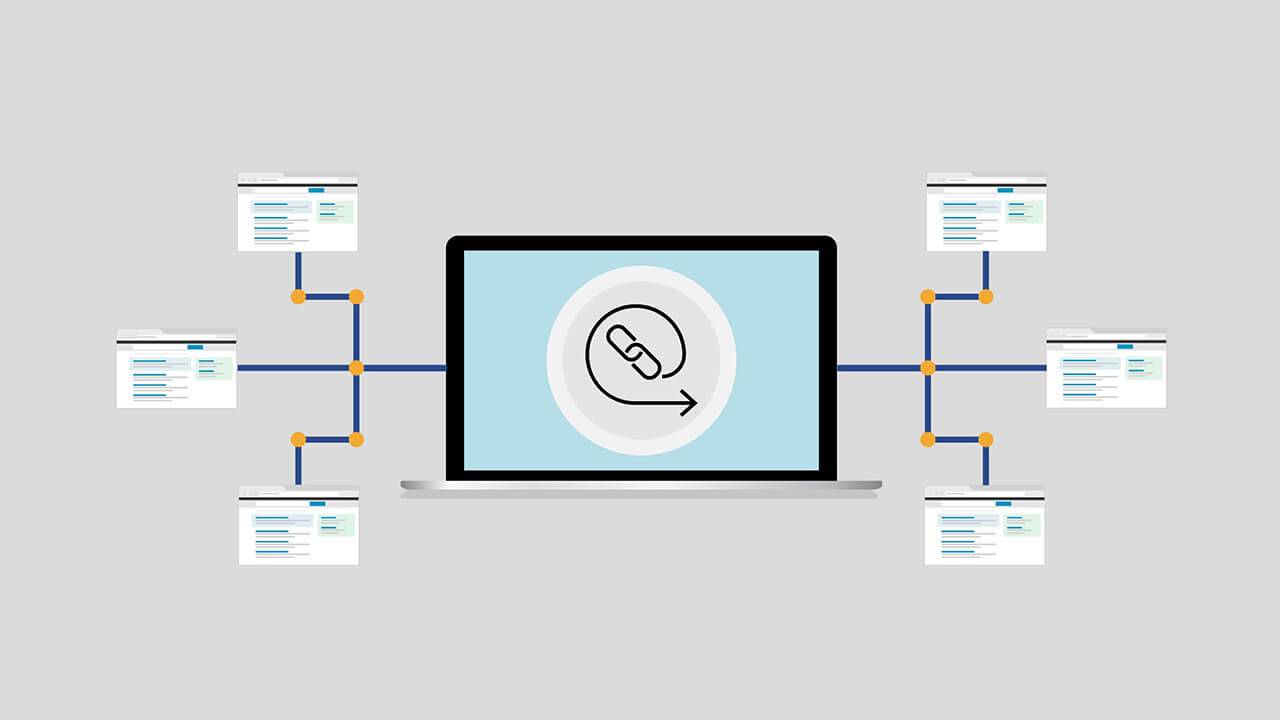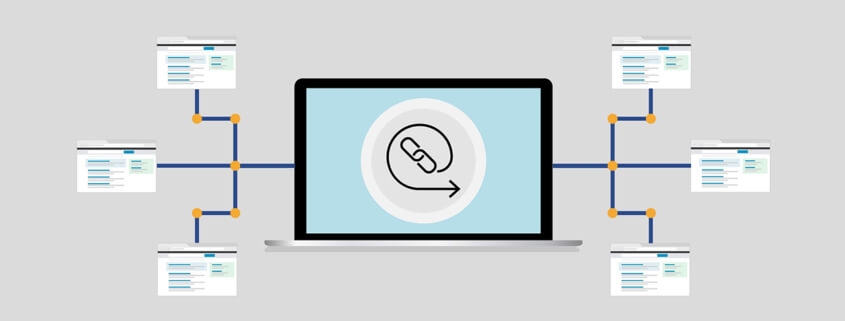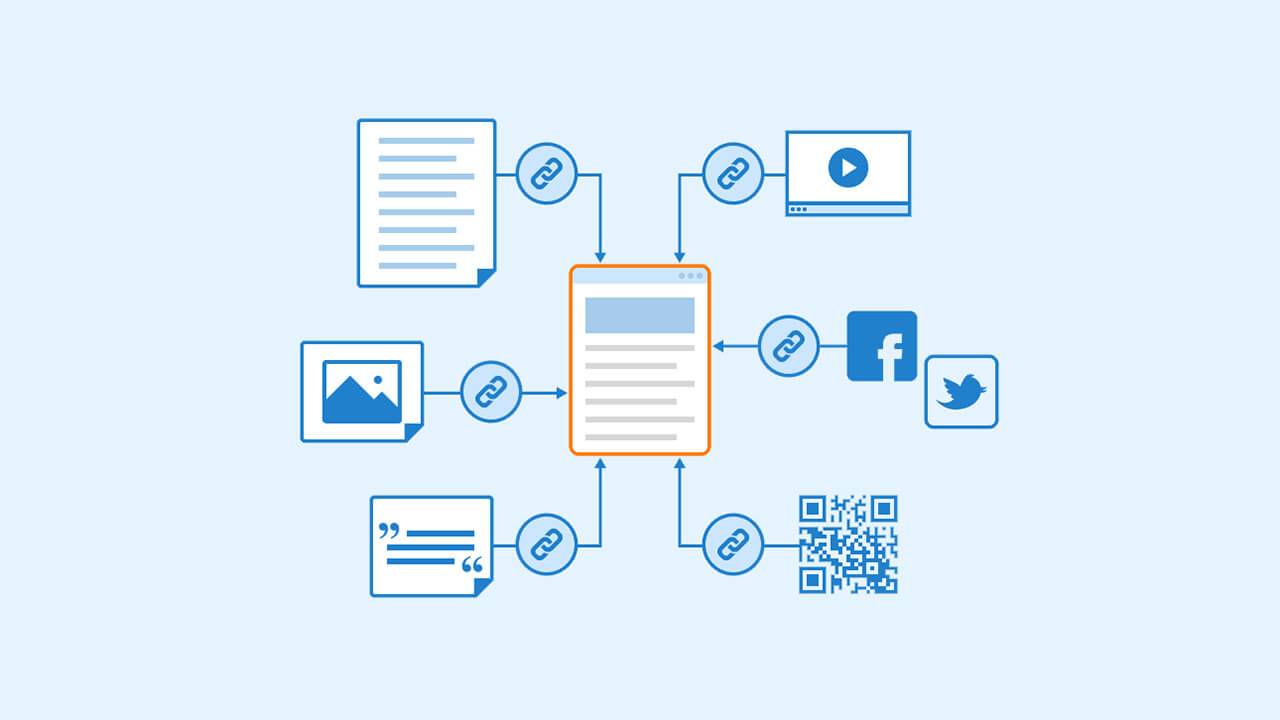How to Build Second-Tier Backlinks for Better SEO Performance

Building backlinks is what defines off-page search engine optimization (SEO). It sends the message that your website is popular and liked by its users. Search engines will pick up these signals, which they’ll use in their ranking algorithms. Rather than only building backlinks that point directly to your website, however, you should build a combination of first-tier and second-tier backlinks.
What Are Second-Tier Backlinks?
Any external link pointing to a page that links to your website is a second-tier backlink. They use a two-tier hierarchy and are located on the second tier. A first-tier backlink is a traditional external link that points directly to your website. A second-tier backlink is an external link that points to a page containing a first-tier backlink.
If you post a link to your website on Facebook, that’s a first-tier backlink. If you link to this Facebook post in a tweet, on the other hand, that’s a second-tier backlink. The tweeted link doesn’t point to your website. It points to a Facebook post that links to your website. Therefore, the tweeted link is a second-tier backlink.
Benefits of Second-Tier Backlinks
Second-tier backlinks may not point directly to your website, but they still hold SEO value. They’ll pass ranking authority through an intermediary page to your website. Intermediary pages are pages containing a first-tier backlink. When search engines come upon a second-tier backlink, they’ll follow it to the intermediary page. Once on the intermediary page, they’ll find and follow the first-tier backlink to your website.
Because they pass ranking authority, second-tier backlinks can increase your website’s rankings. Your website will receive a slight boost of ranking power from the sources of its second-tier backlinks. Ranking authority will flow from the sources to the intermediary pages before ultimately reaching your website.
Second-tier backlinks also promote link diversity. With only first-tier backlinks, your website’s link profile may look unnatural to search engines. Most websites have at least some second-tier backlinks, so search engines look for them to determine which sites are playing by their rules.
Depending on where you publish them, as well as the format you use, second-tier backlinks can lead to more visitors. Publishing second-tier backlinks on high-traffic websites allows you to capitalize on their large audiences. Some of the websites’ visitors may click them to view your intermediary page, after which they may follow the page’s link to your website.
Create Intermediary Pages
Before you can build second-tier backlinks, you’ll need to create intermediary pages on other websites. The quality of these intermediary pages will affect the quality and performance of your second-tier backlinks. If an intermediary page is low quality, it won’t pass much, if any, ranking power from the second-tier backlinks to your website.
Account profiles, for example, are low quality. Many forums, discussion boards and other socially driven websites allow users to create profiles. In these profiles, users can specify their website address. Account profiles are a poor choice for an intermediary page because they don’t contain valuable content. You may be able to create a first-tier backlink in them, but you won’t be able to fill account profiles with valuable content.
Rather than using account profiles or other thin and generic pages, create high-quality intermediary pages with valuable content. Guest blog posts perform well for this purpose. Unlike account profiles, they have content that users want to consume. You can write detailed and engaging guest blog posts with a first-tier backlink to your website. You can then build second-tier backlinks pointing to these guest blog posts.
Choose Relevant Sources
You should choose relevant sources when building second-tier backlinks. Tiered link building is designed to funnel users through external multiple external websites before they reach your site. If you build second-tier backlinks on an external website that isn’t relevant to your site, you’ll disrupt the flow of traffic.
Most websites have a specific audience. To maintain the flow of traffic, you need to build second-tier backlinks on websites with a similar audience as your site as well as the intermediary page.
Social media networks are often used as sources for second-tier backlinks. If you’ve attracted a following under your site’s brand name on Facebook, you can share second-tier backlinks with your followers. Your followers have already expressed interest in your website, so they may be interested in following links to a relevant intermediary page.
External blogging platforms, such as Medium and Tumblr, can also be effective sources for second-tier backlinks. Like social media networks, you can attract a following on a blogging platform.
Acquire Through Outreach
You don’t have to build second-tier backlinks by hand. You can acquire them through outreach. Outreach involves contacting webmasters and asking them to link to your intermediary page. Through outreach, other webmasters will build second-tier backlinks on your behalf.
Assuming you create a high-quality intermediary page with original and engaging content, such as a guest blog post, other webmasters may want to link to it. Links can offer value to a website’s users if they point to high-quality content. As a result, other webmasters may link to your intermediary page if you ask.
To acquire second-tier backlinks through outreach, search for websites that are relevant to both your intermediary page and your site. If your intermediary page consists of a guest blog post about mortgage refinancing, you can target mortgage- and homeownership-related websites.
Before contacting the webmasters who operate them, search for an article or blog post on the website that can benefit from a link to your intermediary page. If a mortgage-related website contains an article with tips for lowering the cost of mortgage payments, for instance, it will probably benefit from a link to your intermediary page.
Now you can contact the webmaster to ask for a second-tier backlink. Just send the webmaster an email saying that you believe his or her website’s visitors would benefit from a link to your guest blog post or other intermediary page.
Backlinks can have many tiers. First-tier backlinks point directly to your website, whereas second-tier backlinks point to an intermediary page. Don’t limit your website’s link profile to any single tier. Instead, use a hybrid approach to link building that includes both first-tier and second-tier backlinks.











